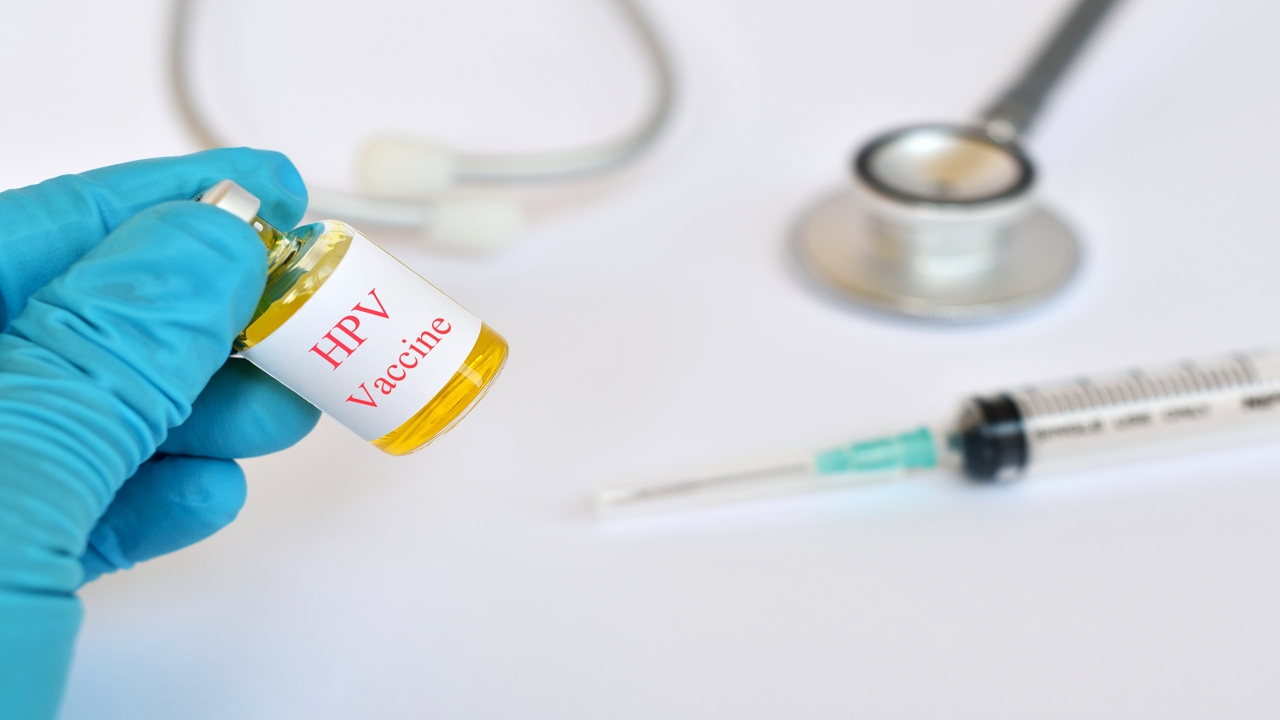
Women can prevent HPV infections by getting vaccinated and practicing safe sex. While women, especially those who come in the high-risk groups, should get themselves screened for cervical cancer, warts caused by low-risk strains can be treated with medicated creams or other procedures. This write-up provides information on the treatment options for HPV infections in women.
The term Human Papillomavirus (HPV) is used to refer to different types of viruses that cause warts on different parts of the skin. There are more than 100 strains that are categorized under HPV. Out of these, 30 viruses are transmitted through sexual contact. Men and women who are sexually active are susceptible to genital HPV, as this infection as it spreads through sexual contact. Women affected by this infection can develop warts in the vagina, vulva, and cervix. Research has also revealed that certain high-risk strains of HPV can cause cervical cancer, and cervical/vaginal dysplasia in women.
Causes and Symptoms
Some HPV strains cause warts on the hands and feet, whereas certain strains are responsible for causing genital warts. These warts may be raised or flat. These could be pink, red, or brown in color. Some bumps might form in clusters. The genital warts are generally caused by the low-risk strains are different from the strains that cause cervical cancer. Besides causing genital warts and pre-malignant genital lesions, this virus can also cause recurrent respiratory papillomatosis, upper respiratory lesions, and cervical or vaginal dysplasia.
The virus gets transmitted by skin-to-skin contact. Genital HPV occurs when one has sexual intercourse with a person infected with HPV. Thus, having vaginal or anal intercourse or oral sex with an infected person puts one at a high risk of contracting this infection. Women who don’t practice safe sex, and have many sexual partners are more vulnerable. A pregnant woman with genital HPV can pass on the infection to her baby during delivery.
Treatment
HPV can be detected with the help of a pap smear test and the HPV test. While the former is used to look for abnormalities in the cervix and the presence of HPV, the latter is used to confirm the presence and the strain of the virus.
The best way to prevent this infection is to follow certain precautionary measures.
◘ Make sure that you have safe sex. Though using condoms may lower the risk, HPV can infect areas that are not covered by a condom. So, indulge in sexual intercourse with only one partner who is faithful to you.
◘ Vaccines called Gardasil and Cervarix can also protect women against some HPV strains. Gardasil can be administered to those in the age group of 11 to 26. This is a preventive measure and has to be taken before a woman gets infected. Cervarix is another vaccine that prevents one from getting infected by two HPV types, HPV 16 and HPV 18.
◘ Creams or acid medicines might be prescribed for the treatment of genital warts. Topical application of creams containing salicylic acid, trichloroacetic acid, or medicines such as Aldara and Condylox can prove beneficial.
◘ Loop Electrosurgical Excision Procedure (LEEP), cryosurgery, electrocautery or laser treatments are generally recommended for the removal of small warts. LEEP involves the passing of an electric current through a special wire loop for wart removal. Under cryosurgery, liquid nitrogen is used to freeze the abnormal cells. Warts can also be removed by laser treatments or electrocautery.
Though these methods might be useful in removing warts, warts can reappear whenever the immune system is compromised. High risk strains of Human papillomavirus are responsible for causing cervical cancer. Cervical dysplasia, which is the first stage towards the development of cervical cancer, can be diagnosed using colposcopy. The treatment of cervical dysplasia involves the use of laser or cone biopsy.
Exposure to HPV puts women at an increased risk of developing serious conditions such as cervical cancer, which is why steps must be taken to prevent this infection.
Disclaimer: The information provided in this article is solely for educating the reader. It is not intended to be a substitute for the advice of a medical expert.


